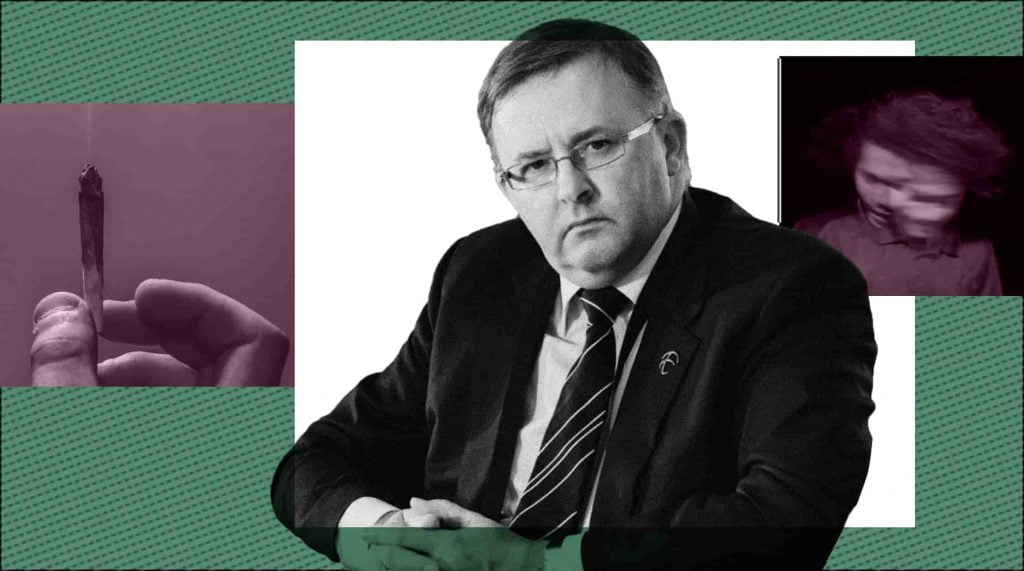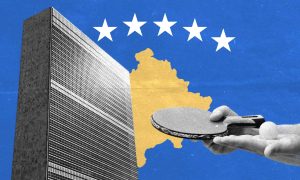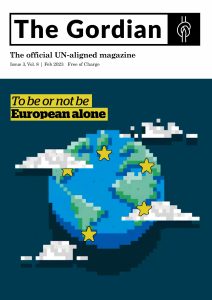Many drugs taken for pleasure in Australia are illegal. Examples include cannabis (cannabis can be grown and consumed legally, but not sold, in the Australian Capital Territory), heroin, ice (crystal meth) and many others. Some drugs taken for pleasure are legal, such as nicotine, with tobacco smoked by 2.5 million Australians, and alcohol, drunk at least once per week by 8 million. In addition, about 800 prescription drugs are subsidised under the pharmaceutical benefits scheme. Prescription drugs are reported to be misused by around 1 million Australians. Cannabis can be taken legally for medicinal purposes in all Australian states by people with certain limited classes of health problems. The obvious question is – why are some drugs legal and others illegal?
The Australian National Drug Strategy came into effect in 1985, expanding from strict prohibition to explicitly include harm reduction. However only 2% of drug strategy funding is used for harm reduction, while 66% goes to law enforcement. The strategy doesn’t mention the words decriminalisation or legalisation, or explain why they are infeasible.
Johann Hari, the author of a detailed history of the development of the global drug war, reports that it was born in the United States, even though almost all scientific and medical opinion opposed criminalisation. The war commenced in 1933, when the war on alcohol was heading for defeat.
Across the rest of the world, drugs were still sold legally. But over the next few decades, this began to end—and by the 1960s, they were banned everywhere, enforced by the US. The resulting international war on drugs has killed hundreds of thousands and imprisoned millions.
Where are recreational drugs legal?
Uruguay and Canada are the only countries that have fully legalised the sale and consumption of recreational cannabis. In America, 19 states, 2 territories and the District of Columbia have legalised recreational cannabis, although it remains illegal federally. Medical use of cannabis has been legalised in many countries including Australia and in 37 American states. The national US prohibitionist policy is one of the main factors preventing other developed countries freeing up their own drug management programs, even though several would like to do so.
In 2001, Portugal became the first and still the only nation to decriminalise possession of all drugs, with enormous benefits. The drug-induced death rate is now one fifth of the European average and one-fiftieth of the US rate.
Until the ACT government’s decision to legalise cannabis in 2020, the nearest Australia had got to decriminalising drug use was the establishment by the Uniting Church of their medically supervised injecting centre in Kings Cross, Sydney in 2001 and in North Richmond in Melbourne as a trial in 2020.
What have been the results of criminalising drugs?
Given the high cost and major trauma resulting from criminalising drug use in Australia, it would be hoped that there would be positive outcomes from the policy. However, there are numerous negatives but few if any positives. Out of about 20 negative outcomes, those most important are:
- The creation of a black market, valued at around $13 billion in Australia in 2016/17 lining the pockets of tens of thousands of drug dealers.
- The enforcement of drug laws costs Australia over $1 billion per year, which could otherwise be spent on education and assisting addicts to quit.
- The drug sector can be a significant area of police corruption, as dealers can pay off police to avoid arrest and some police are themselves drug dealers.
- Indigenous Australians are almost twice as likely as whites to consume illegal drugs and 10 times as likely to be in gaol.
Given that there are few, if any, positive outcomes from drug criminalisation, it would be expected that there would be equally few negative outcomes from legalisation. This is in fact the case. The only negative outcome is that drug-related organised crime will try to find alternative sources of income, to replace the billions of dollars it currently earns annually from drug marketing.
Some people think that consumption will increase if drugs are legalised, and this is certainly possible. However, America introduced nationwide alcohol “prohibition” from 1920 to 1933. This ended as a major disaster, cutting legal employment and state taxes, and generating huge profits for criminals. Average alcohol consumption increased from 3 litres per adult per year in 1919 to 4.5 litres in 1929. It is now around 10 litres per adult per year in the US and 11 litres per adult in Australia.
There are mixed reports on whether legalising cannabis in American states has resulted in an increase in consumption. However, it is clearly generating increasing tax revenues, for example reaching $1 billion in Colorado in 2020.
So, what should be done?
Most drugs should be legalised and regulated, with sale through pharmacies or licensed drug shops. They should be taxed like cigarettes, though not at such a high level that a black market re-emerges. The tax generated could be used to help people quit, provide medical treatment when needed, and educate all about issues relating to over-use or addiction. This would:
- Get organised crime out of the drug market,
- Manage quality and thus reduce accidental deaths,
- Educate people about drug use and dependency, and
- Remove the offence of drug ownership and keep legal drug vendors and users out of the criminal justice system.
Governments in Australia should accept that their war on drugs has been lost, and take urgent steps to achieve sensible drug management. This should involve legalising and regulating most recreational drugs. Decriminalisation is a second-best option, keeping users out of gaol, though leaving the black market intact and drug dealers earning often huge incomes.



















